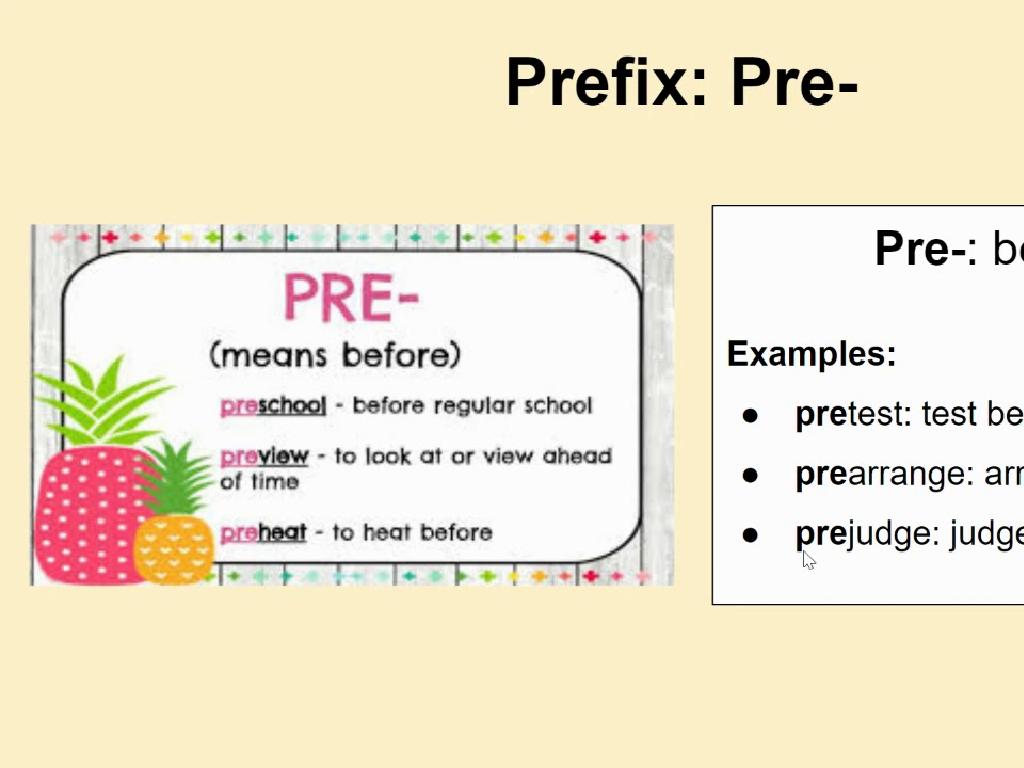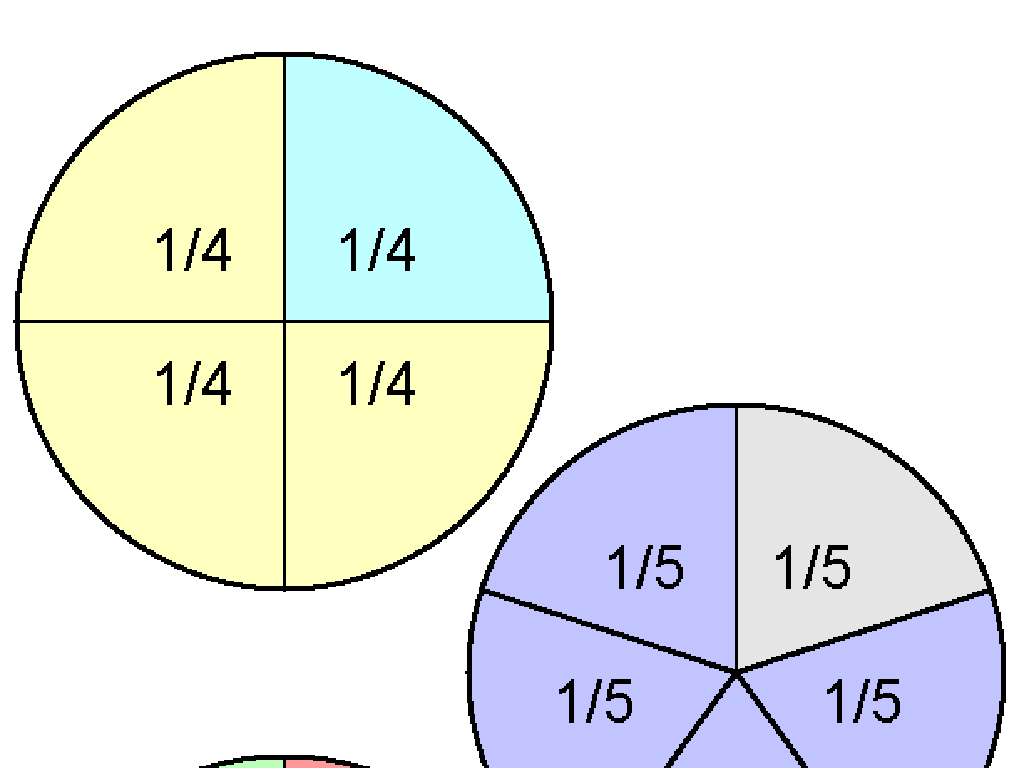Early Islamic Conquests
Subject: Social studies
Grade: Sixth grade
Topic: Islamic Empires
Please LOG IN to download the presentation. Access is available to registered users only.
View More Content
Exploring Early Islamic Conquests
– Introduction to Islamic Empires
– A look at the rise and spread of Islamic rule.
– Why study history?
– History helps us learn from the past and understand cultures.
– Focus on Early Islamic Conquests
– How Islam expanded rapidly after Prophet Muhammad’s time.
– Significance of these conquests
– These conquests shaped regions, cultures, and global relations.
|
This slide introduces students to the Islamic Empires, emphasizing the significance of studying history to gain insight into different cultures and past events that have shaped the present. The lesson will focus on the Early Islamic Conquests, a period marked by the rapid expansion of Islamic rule beyond the Arabian Peninsula following the death of Prophet Muhammad. It’s important to highlight the impact these conquests had on the political, cultural, and religious landscape of the regions involved. Encourage students to think about how historical events are interconnected and influence the world we live in today.
The Rise of Islam
– Origin of Islam
– Islam began in Mecca, 7th century
– Prophet Muhammad’s life
– Muhammad, born in Mecca, received revelations
– Islam’s rapid spread
– Through trade, conquest, and diplomacy
– Influence on Arabian Peninsula
– Transformed social, economic, and political landscapes
|
This slide introduces students to the early stages of Islam, starting with its origin in Mecca in the 7th century. It covers the life of Prophet Muhammad, who is central to the Islamic faith as the final prophet, receiving revelations that form the Quran. Students will learn about the factors that contributed to the rapid spread of Islam across the Arabian Peninsula, including trade routes, military conquests, and diplomatic efforts. Emphasize the profound impact Islam had on the Arabian Peninsula, changing its social structure, boosting the economy, and unifying diverse tribes under a single political system. Encourage students to consider how religion can influence various aspects of life and society.
The First Conquests: Rashidun Caliphate
– Rashidun Caliphate’s expansion
– After Prophet Muhammad, the caliphs extended the empire rapidly.
– Key battles and outcomes
– Battles like Yarmouk and Qadisiyyah were pivotal for Islamic expansion.
– Conquests’ regional impact
– The conquests led to political, social, and economic changes in the region.
– Cultural and religious influence
– Conquests spread Islam and led to a diverse cultural landscape.
|
This slide introduces the Rashidun Caliphate, the first of the Islamic empires after the death of Prophet Muhammad. It highlights the rapid expansion under the caliphs’ rule, mentioning major battles such as Yarmouk and Qadisiyyah that were crucial in the spread of the empire. Emphasize the significant impact these conquests had on the political, social, and economic aspects of the conquered regions. Discuss how the spread of Islam during these conquests also influenced the cultural and religious makeup of the Middle East and beyond. Encourage students to consider how these early Islamic conquests shaped the history and culture of the regions involved.
The Umayyad and Abbasid Caliphates
– Contrast Umayyad and Abbasid rule
– Umayyads focused on expansion; Abbasids on administration and culture
– Cultural and scientific strides
– Advances in astronomy, math, and medicine; creation of the House of Wisdom in Baghdad
– Trade expansion and Islam’s spread
– Trade routes flourished, bringing goods and Islam to Africa, Europe, and Asia
– Impact on modern civilization
|
This slide aims to compare the Umayyad and Abbasid Caliphates, highlighting their differences in governance and priorities. The Umayyad Caliphate was known for its military conquests and expansion, while the Abbasid Caliphate is celebrated for its cultural and scientific achievements, such as the establishment of the House of Wisdom in Baghdad, which became a center for knowledge. Additionally, the expansion of trade under these caliphates facilitated the spread of Islam across continents, influencing societies and economies. This period’s impact is still evident in modern civilization, with many scientific and cultural contributions forming the foundation of various modern fields. Encourage students to explore how these historical events have shaped the world they live in today.
Daily Life in the Islamic Empires
– Social hierarchy and community life
– Caliphs, scholars, merchants, and artisans shaped society.
– Education’s influence on society
– Madrasas were centers for learning, preserving knowledge.
– Artistic and architectural heritage
– Mosques and palaces with intricate designs, like the Alhambra.
– Contributions to global culture
– Advances in math, science, and medicine spread worldwide.
|
This slide aims to give students a glimpse into the everyday life of people during the Islamic Empires. Discuss the social structure, emphasizing the roles of different classes from rulers to craftsmen. Highlight the importance of education and scholarship, particularly the establishment of madrasas and the preservation and translation of ancient texts. Explore the rich artistic and architectural traditions, showcasing examples like the Alhambra and the Great Mosque of Córdoba. Lastly, discuss the Islamic Empire’s contributions to world culture, including advancements in various fields such as mathematics, astronomy, and medicine, which were later transmitted to Europe and other parts of the world.
Understanding Early Islamic Conquests
– What is a conquest?
– A conquest is when one group takes control over another area or people.
– Reasons behind conquests
– They can happen for resources, power, or spreading beliefs.
– Conquests in other empires
– For example, the Roman Empire expanded for wealth and power.
– Impact on people and cultures
– Conquests can change languages, religions, and governance.
|
This slide aims to help students grasp the concept of conquests and their significance in history, particularly in the context of the early Islamic conquests. Begin by defining a conquest and discussing the various reasons they occur, such as the desire for resources, power, or to spread religious or political beliefs. Provide historical context by comparing Islamic conquests with those of other empires, like the Romans, to help students draw parallels and understand the motives and outcomes. Discuss the profound effects conquests have on the conquered peoples, including changes in language, religion, government, and culture. Encourage students to think critically about how these changes shaped the regions involved and their histories.
Class Activity: Mapping the Conquests
– Mark conquered areas on a blank map
– Discuss conquests’ influence in groups
– Consider culture, language, trade, etc.
– Present your findings to the class
|
This activity is designed to help students visualize the extent of the early Islamic conquests and understand their impact on the regions involved. Provide each group with a blank map and markers. Students should mark the areas that were conquered by the early Islamic empires. In their groups, students should discuss how these conquests might have influenced various aspects of life in the regions, such as culture, language, trade, and governance. Encourage them to use the textbook or online resources for reference. After the discussion, each group will present their findings to the class, facilitating a peer-learning environment. Possible activities for different students could include focusing on specific regions, comparing and contrasting before and after the conquests, or creating a timeline of the conquests.






